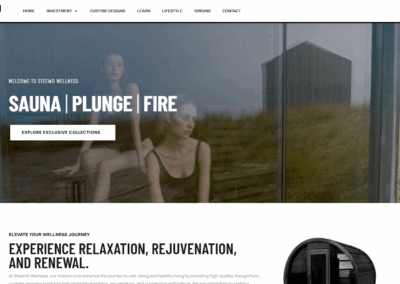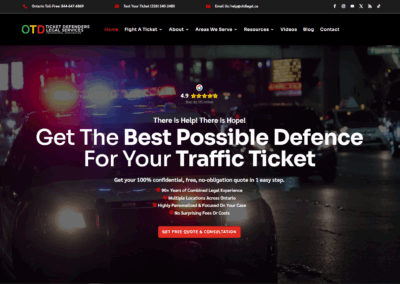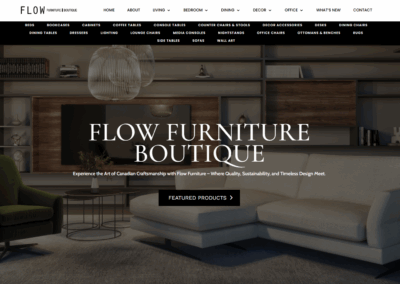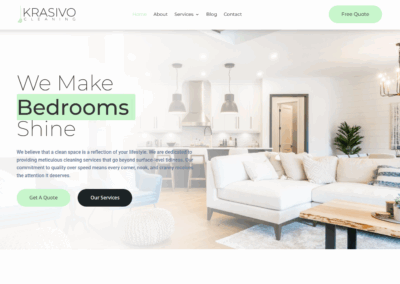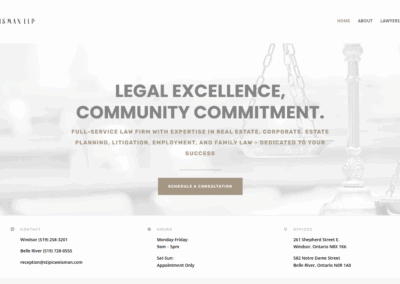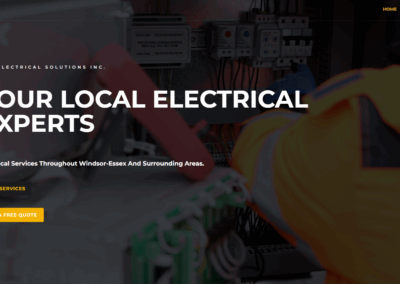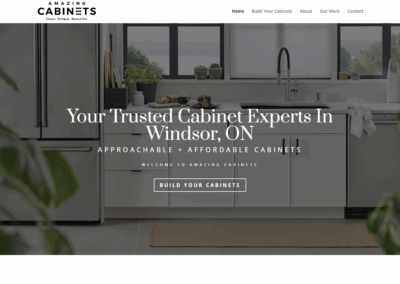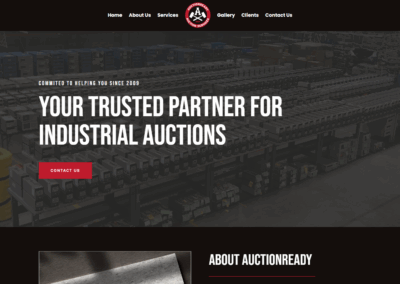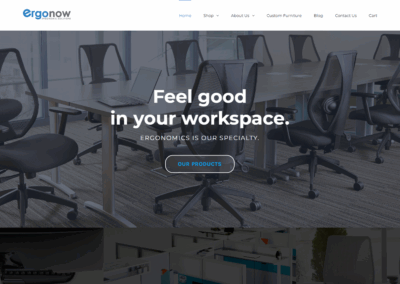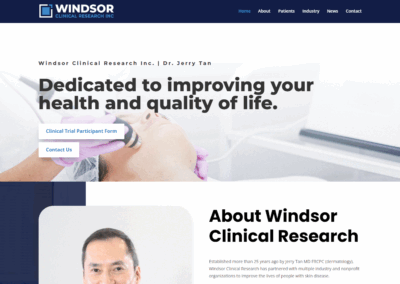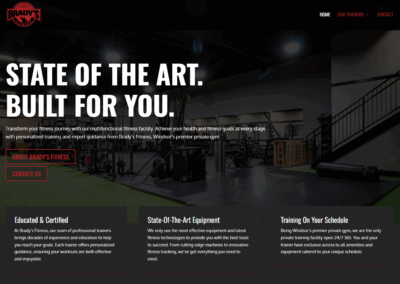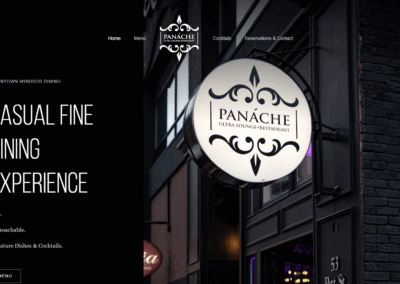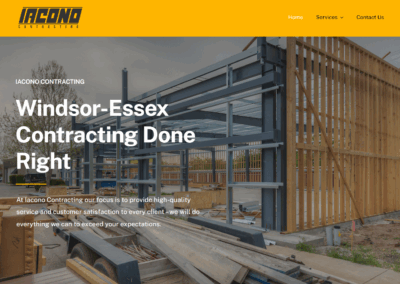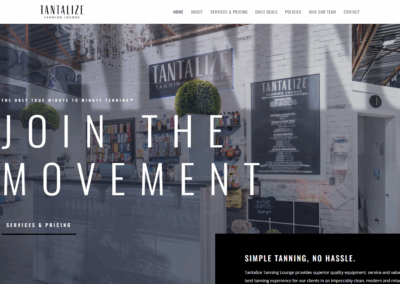Ecommerce Web Design Services.
ONLINE STORE FRONTS
Sell Your Products And Services Online.
Building a sucessful e-commerce website can be challenging. Combining UX, UI, design, architecture, layout and navigation all play an extremely important role in making sales online.
Principles of Web Design for Online Stores.
WHAT WE OFFER
Effective e-commerce design blends visual appeal with functionality — guiding users from browsing to checkout with ease. Every element should support trust, clarity, and conversion.
Quality Images
High-quality images are essential in showcasing products. Blurred or low-resolution images can deter potential customers.
Responsive Design
Our website should be mobile-friendly, accommodating users on different devices. This improves user reach and retention.
Consistent Branding
Maintaining a consistent look and feel throughout the site fosters trust and brand recognition.
Clear Call-to-Action (CTA)
CTAs should be prominent, guiding users to actions like purchasing or signing up for newsletters.
Optimizing Site Navigation for User-Friendly Experiences
Site navigation plays a crucial role in user experience. A well-organized navigation bar allows users to find specific products or information with ease. We should include main categories in our navigation menu, with dropdowns for subcategories to avoid clutter.
Implementing a search bar can significantly enhance the user experience by allowing customers to search for products directly. Making sure that our site navigation is mobile-friendly is essential, as more users shop on mobile devices. Keeping navigation consistent across all pages helps users feel familiar and confident as they move through our site.
Organization of Category Pages
Category pages help customers find what they need quickly. Organizing product categories logically is essential. Clear labels and filters allow customers to sort by price, color, brand, or any other relevant criteria.
Each category page should feature high-quality images that represent the range of products available. Including product descriptions on category pages can provide helpful information at a glance.
We should make it easy for customers to navigate through the website and locate products with minimal effort. Well-organized category pages contribute to a smoother shopping experience, increasing customer satisfaction and retention.

OUR ADVANTAGES
Why Partner with Pivot for Your Web Design Needs?
We're different than the bigger guys
Unlike larger agencies, we run lean — which means you’re never just a ticket number. Our smaller, focused team gives your project the attention it deserves. We’re fast to respond, easy to reach, and deeply invested in your success. When you work with Pivot, you’re getting direct access to the people actually doing the work — not layers of account managers or offshore teams.
Comprehensive Approach
We approach website design and development holistically, ensuring every aspect of your site is meticulously crafted and aligned with your business goals.
Experienced Team
As a web design agency, we bring a wealth of experience and creativity to every project.
Dedicated Support
We believe in building long-term relationships, whether your are migrating a website, or building a new website with us, we offer support and guidance every step of the way.
Get started with us at Pivot Creative Media today. We create eCommerce websites that’s set you apart and actually bring results.
Ready To Chat eCommerce Websites?

“[Pivot] has been a huge help in setting up my website for my small business […] gets back to me quickly when I email […] and answers all my questions to help me understand what we are doing. I highly recommend […] and am thankful for our business relationship.”
Jes Tucci-Merlino
SCCPR / 2nd Chance CPR
Frequently Asked Questions
What are some effective ecommerce web design ideas to enhance user experience?
Incorporate intuitive navigation, high-quality images, and a search bar to improve user experience. Offering customer reviews, easy access to FAQs, and streamlined checkout processes can also significantly enhance the overall user experience.
How do I accept payments / see funds go into my account?
We will walk your though the process and recommend solutions for payment processors and gateways based on your specific needs and website. Typically this process is pretty straight forward and simple.
What features should be included in an ecommerce website to optimize sales?
Key features to optimize sales include user-friendly navigation, fast loading speeds, and clear calls-to-action. Additionally, having a secure payment gateway, customer reviews, and discounted offers can encourage purchases.


